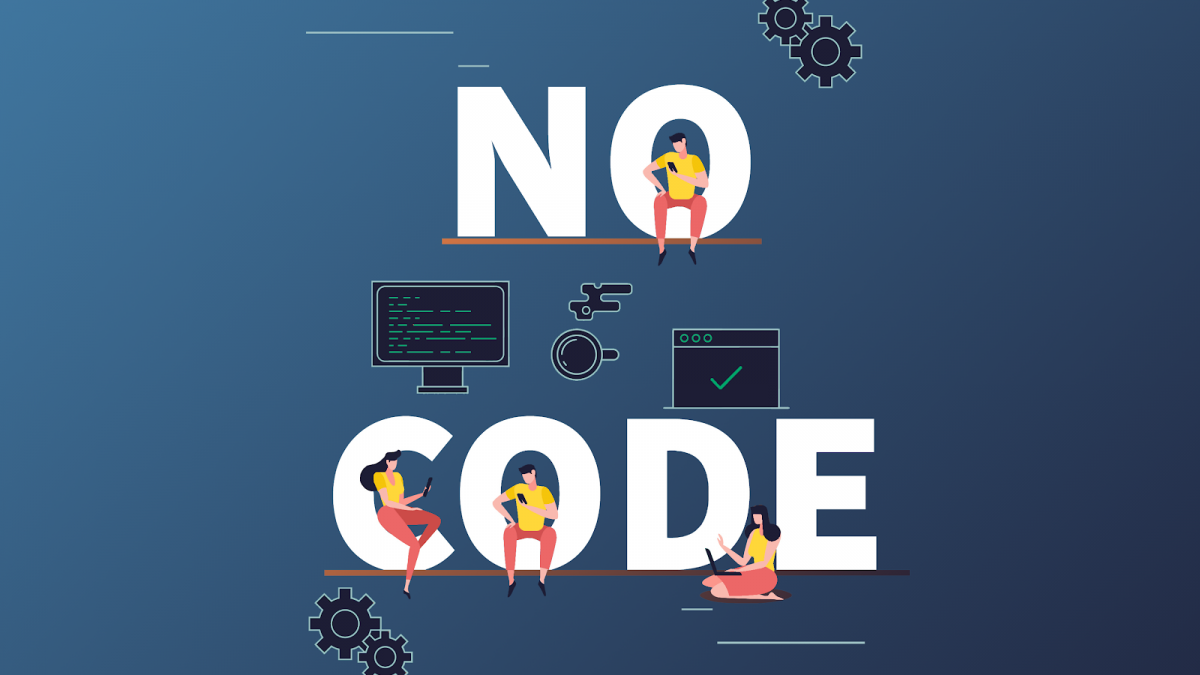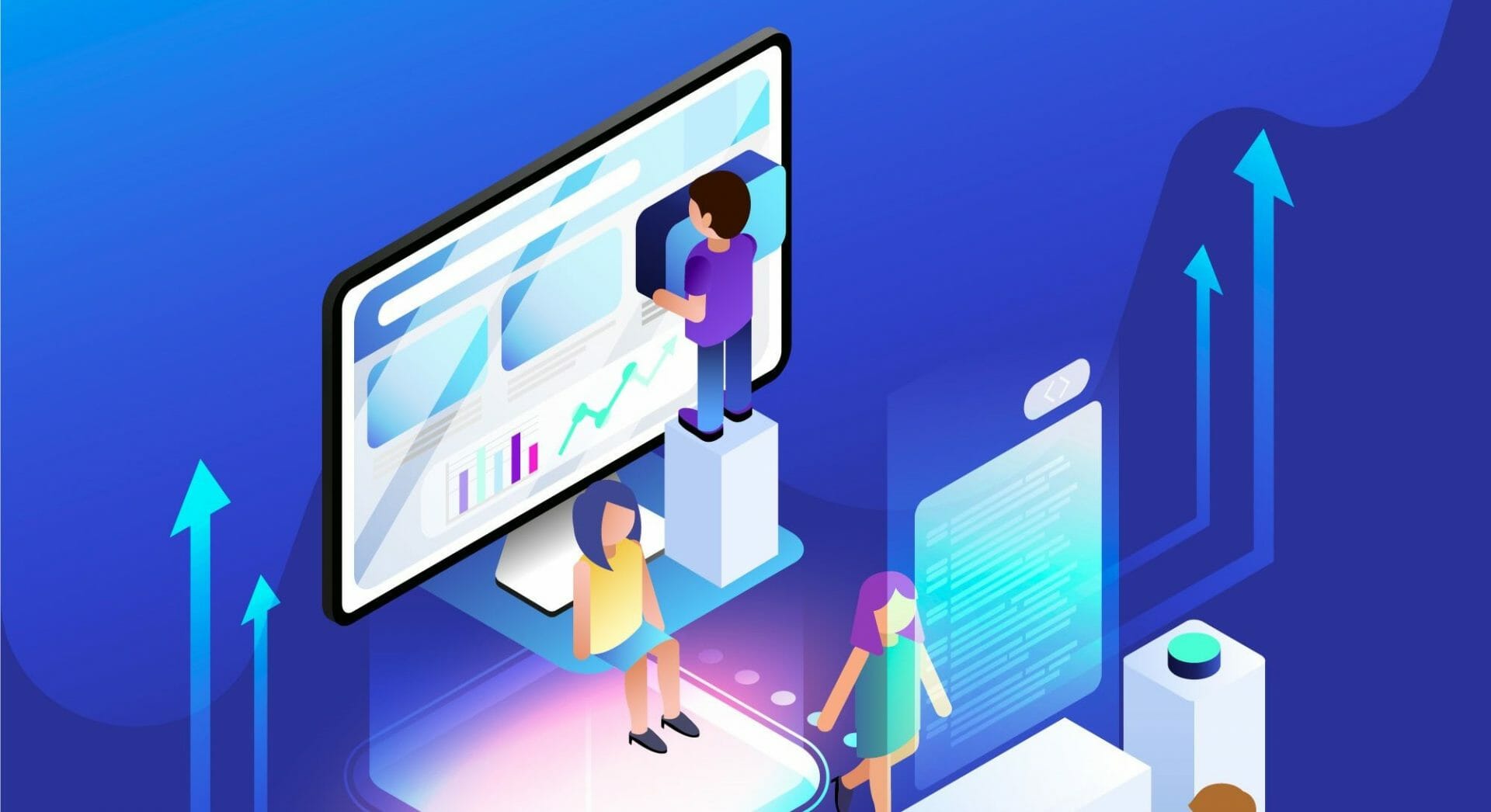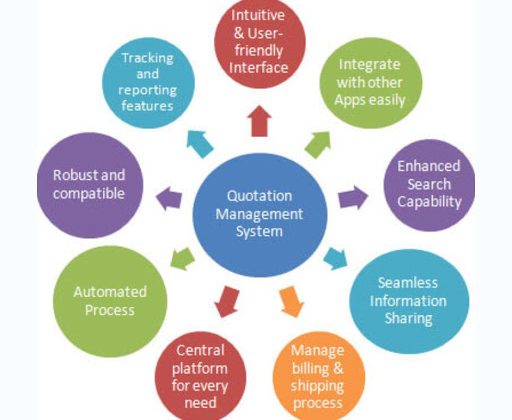What is No-Code Development?
No-code software development has become a very popular and promising alternative for businesses who want to build their own customized software solutions fast, and at low cost.
This is where no-code software development platforms come in to help you build software applications without coding.
What is No Code-Development?
A no-code software platform is a solution that uses a simple visual development interface to allow both developers and layman (citizen) users to create software fast and easily.
Most no-code software platforms offer methods to help develop backend software (aka server software), frontend (what the users see) for web and mobile applications, Most development on such platforms happens using drag and drop actions for the addition of application components to create a complete software application.
Most no-code application platforms do not require any prior programming or coding experience or knowledge. However, it really helps if you have some knowledge of how to define and articulate requirements and rules.
Taking advantage of no-code, you can equip more of your workforce with the tools they require to build business web and mobile applications. The low technology barrier and learning curve make it easier for you to promote a new digital innovation strategy for your business through collaborative agile methodologies.
No-code tools enable both normal citizens as well as software developers to quickly build customized software in a modular manner that leads to faster and bug-free delivery. Further many are building business, web, and mobile applications on their own.
With no-code, there is no requirement of prior knowledge about coding.
But a question arises? If not coding then what is the method used?
It is done through methods such as drag-and-drop, adding application components to create a complete application.
Let me tell you a secret.
When you build on a no-code platform, you are building with code, you simply don’t have to do any coding manually. No-code platforms have pre-built drag-and-drop elements that have been coded for reuse and scale.
A no-code development platform is a user interface builder using with you can rapidly drag-and-drop the component your need to together, and instantly see previews on how the software will look on mobile, tablet, and desktop. The complexity of coding is replaced by the visual models that allow you to manage your data easily.
A misconception about no-code development!
Let us clear a major misconception about no-code development: it is not only for simple applications.
In this age where technology is developing so fast, the builders of no-code applications have become extremely sophisticated to support rich functionality in all apps, in order to meet business demands. It is now possible to build many end-to-end enterprise applications using a no-code platform.
Essential features of no-code development
1. Drag-and-drop interface
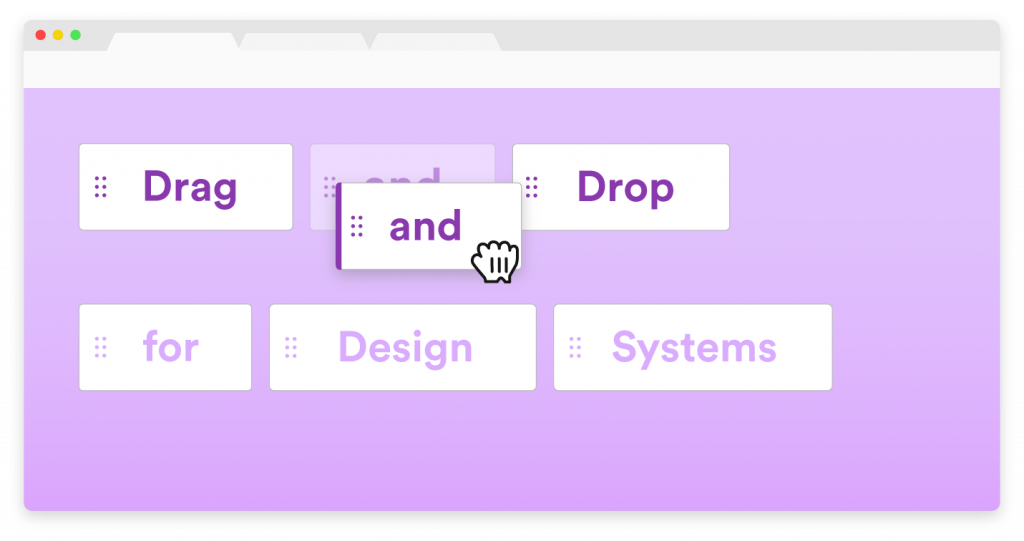

One of the foremost reasons why no-code development platforms have been getting good attention and growing rapidly is because of the ease of use. This is possible primarily due to the core feature of drag and drop. Through this feature, you can simply drag and drop the feature you need to create for your application. It lets you do the work very quickly.
2. Data connections


Most no-code application development platforms either come pre-configured with database and server-side software or provide a simple user interface to connect with the database on your choice.
A good no-code platform is not only helping you to build the user-facing visuals but also the data management and processing capabilities that run behind the scenes to help you complete your business workflows.
3. User Interface Builder and Visual Modeling


Most no-code platforms come with some sort of user interface builder which allows users to quickly put together preconfigured elements to put a website and application together.
In no-code platforms, you just have to drag and drop and arrange components in a logical sequence to create a functionality. Basically, coding is not required, everything is already created or visually modelized, you just have to drag, drop, and arrange!
4. Integrations


The world is getting more connected every day. Most businesses use multiple applications and seek connectivity to improve and automate collaboration and workflow.
Most no-code platforms offer a variety of integrations with other software to enable you to connect your data and processes without having to duplicate or do manual work.
Using API integrations you can easily integrate the apps that you build using a no-code platform can help you easily integrate with all kinds of web applications such as YouTube, Google Maps, WhatsApp, Slack, Twitter, etc
5. AI and machine learning


With the rise of AI and ML to automate work and get better insights into your data, most modern applications need to leverage these new-age capabilities.
Many no-code platforms have begun to offer either inbuilt or through integrations capabilities of connecting with AI and ML models to empower your applications to give more power to your
To predict user actions and to make the development process even more streamlined and efficient, there are some no-code platforms that bring in the use of AI and machine learning techniques.
Before we jump on to the pros and cons of no-code development, let us sneak into some of the knowledge about how it works?
For working on no-code platforms you do not need coding expertise to create reliable apps and solutions. Even non-techies can leverage these easily because it is a visual-based system to build functional apps from the start with the help of drag-and-drop plug-ins and other extensions as mentioned above as must-have features.
Apart from this, most no-code platforms offer a number of ready to use templates from which you can pick one in accordance with your needs.
Pros and Cons of No-Code Development
Pros:
1. More Agility
The 90% of the development you do on the model using the no-code method is done through drag and drop by using already built modules. This means faster speed for building applications. Even the testing is automated that helps in cutting down the total development time.
2. Reduced Cost
No-code platforms help you reduce the total cost of building and maintaining applications. The cost benefits of building applications on no-code technology are broad because of the following two key factors.
- You do not need to rely on highly technically skilled people (aka developers) to build and maintaining your applications
- Because of the modular nature of building apps on no-code platforms, the total time and effort are significantly lower compared to traditional coding. Since you are able to build fast, the overall costs are reduced as you get more done with less.
3. Increased productivity
Since the speed of making an application increases and even becomes easy, the IT department is now not bombarded with requests every now and then. The work that used to take months is done within hours or days.
4. Easily changeable
The problem with traditional coding is that it becomes difficult to change a functionality especially if the code is in a language that is foreign to you. With no-code, you can easily change the functionality within hours.
Cons
1. Rigid templates limit what you can build.
There is a limitation in customizing applications in no-code platforms. In other words, to meet the capabilities of the no-code platform, you will have to change your business processes instead.
2. Security issues take birth if there is a lack of control
When developing code you know that you can heavily rely on it because you wrote it. But when you are working with no-code you don’t have complete control so you can take on certain risks.
This can be an open invitation to security contravention because if your no-code platform gets hacked, it can immediately make your application also vulnerable.
Why should no-code development be your choice?
You should go no-code because these platforms make building web and mobile apps possible without hiring expensive and in-demand developers.
No code enables organizations to build innumerable internal and external-facing tools without having to get IT involved at all. There is no burden of maintenance, no extra overhead on IT, just pure productivity, and hopefully a bit of fun building it.
Difference between no-code and low-code
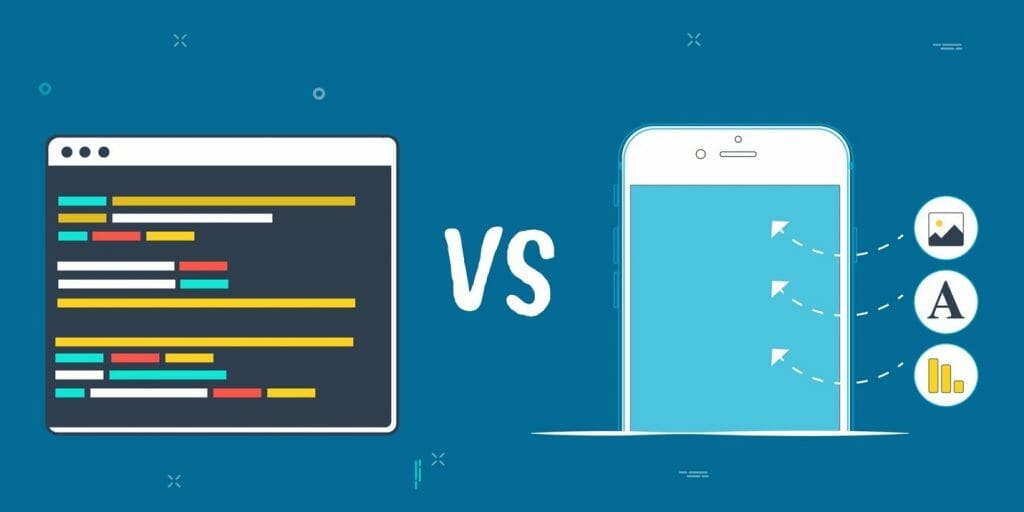

| No-Code | Low-Code |
| There is no coding required whatsoever | The core functionality is taken care of automatically but some coding is required to complete the development of the application. |
| Requires no prior coding experience and anyone can build apps with very little training. | Requires a skilled developer with prior coding experience to build and connect apps. |
| The no-code system is a closed system. In no-code customers do not have to worry about any breaking changes if an update comes as it is a closed system. | A low-code system is an open system. In this, all the customers have to spend time testing if any update for the platform comes. |
| No-code platforms target business users. | Low-code platforms are aimed at developers, who want to build applications faster |
What type of business no-code suits best for?
Businesses that put agility, simplicity over other factors are best-suited users for no-code platforms. They can start creating new applications in minutes with minimal or zero customization to get their work done.
Conclusion
I know you are halfway there to try a no-code software or an application. If you have read through the article, I am sure your interest in the no-code platform space has been piqued.
If you are looking for an agile and cost-effective no-code development solution, try out a free trial Orgzit’s no-code software development platform to see the true power of agile software development for your business requirements.


